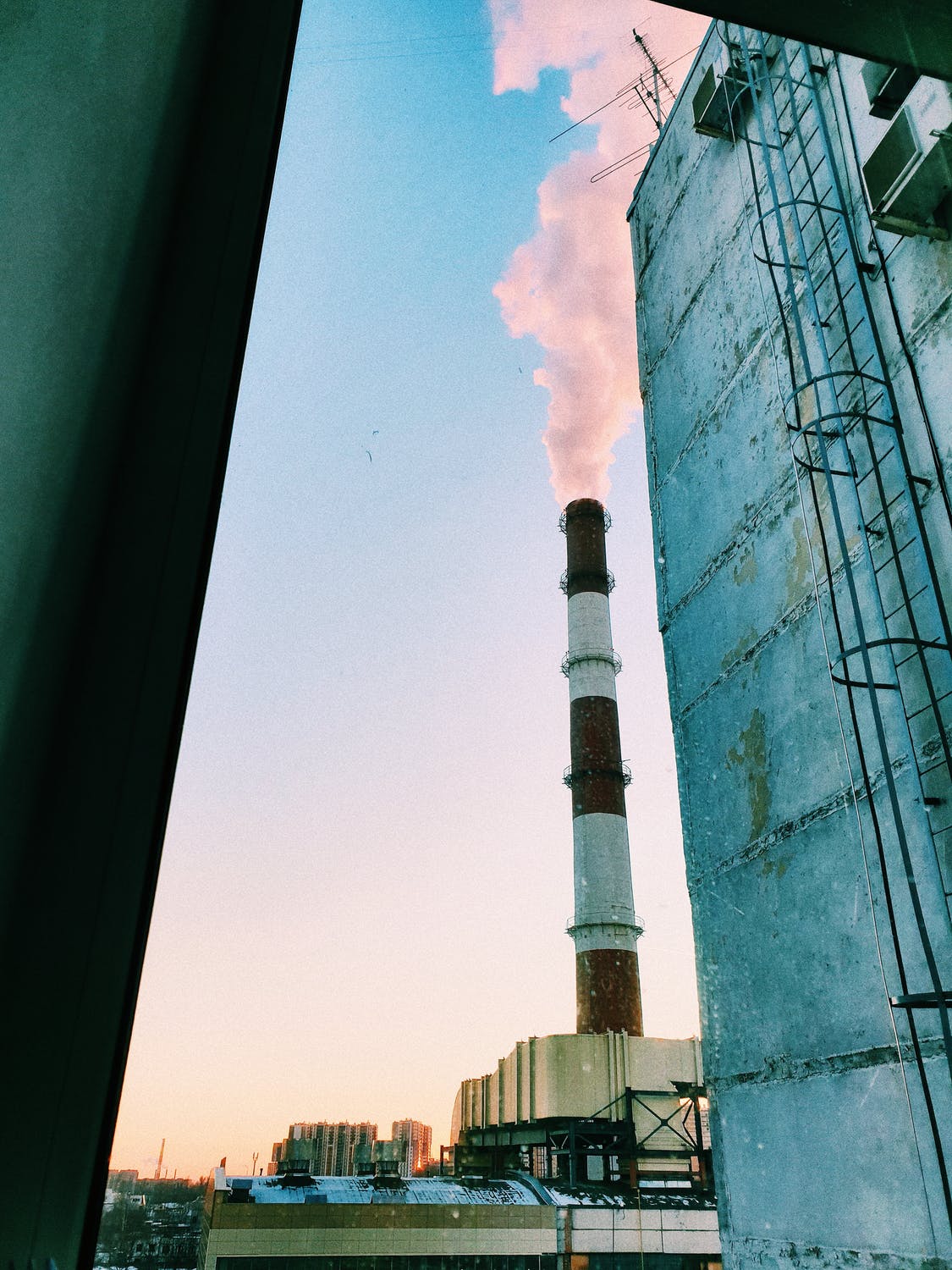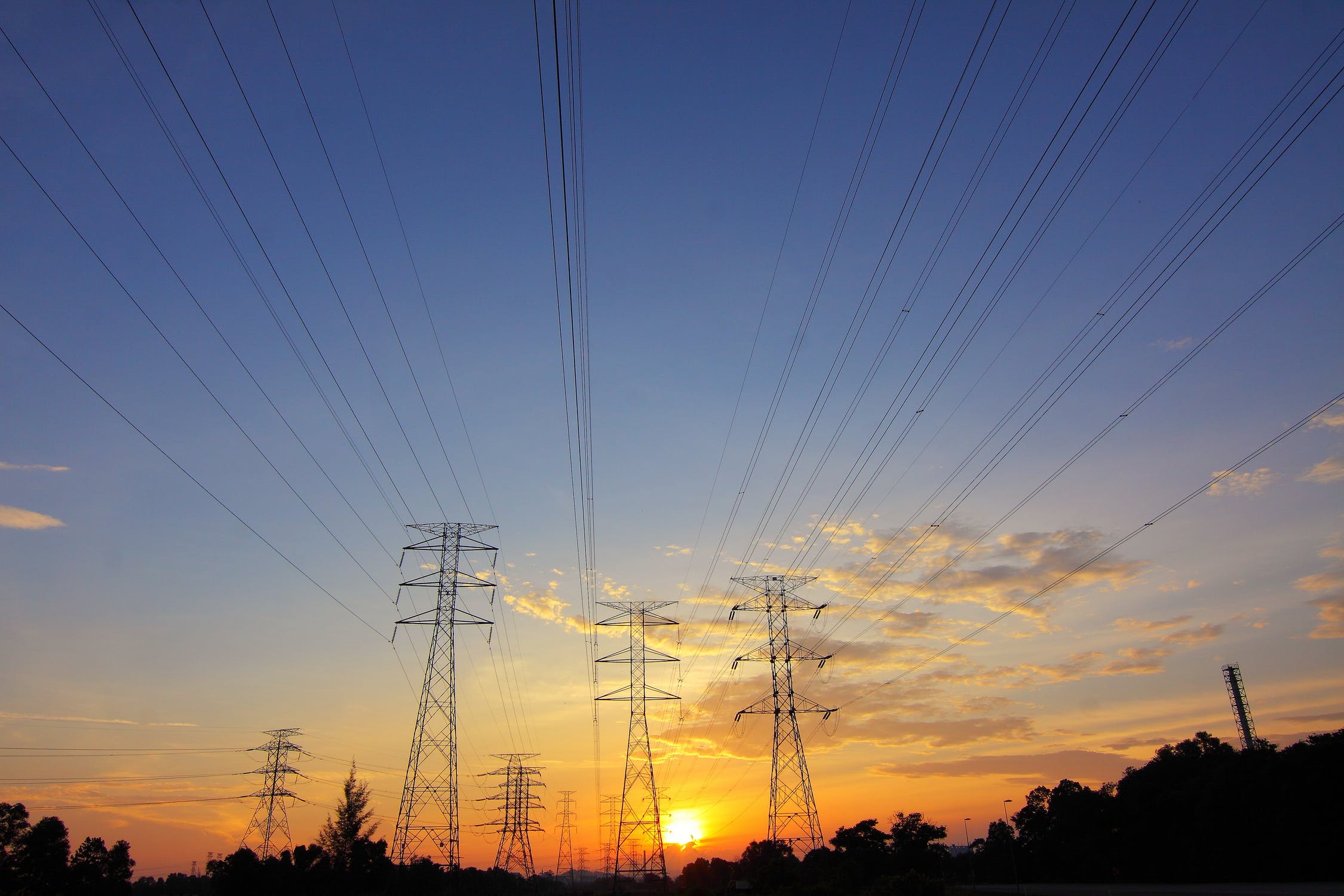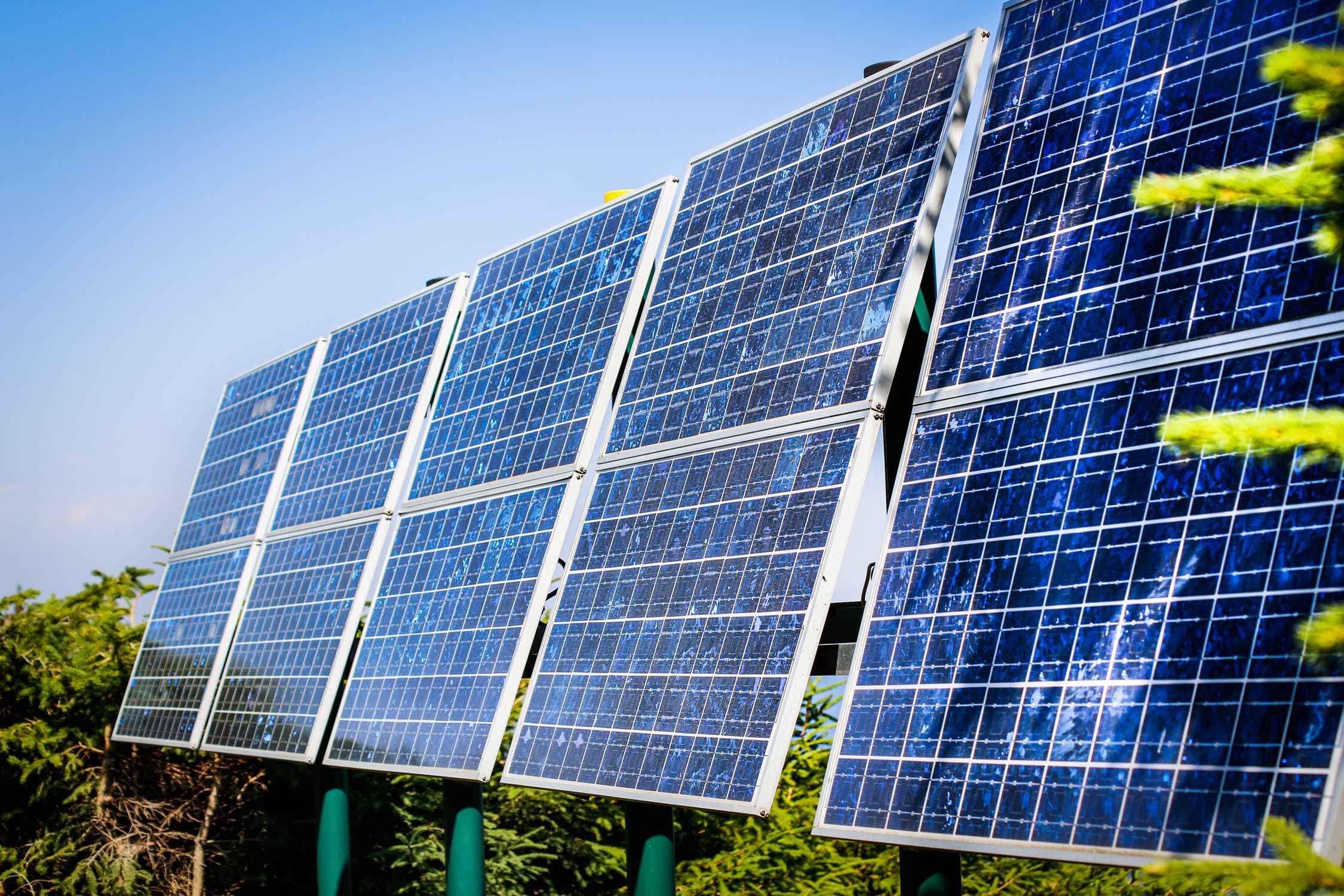by Philippe Vlaemminck & Julia Stachowicz
After one year since the announcement of the European Commission ‘Fit for 55′ [1] package, a comprehensive program for the European Union’s green transformation, here is a look at the development and the important changes from 14 July 2021.
The package follows the European Green Deal adopted in December 2019. The European Green Deal and the increased emissions reduction target of 55% by 2030 was accepted by all EU countries a year later. The package from 14 of July 2021 consists of the revision of several existing legislative acts (regarding a.o. renewable energy, energy efficiency, ETS, LULUCF) and 5 completely new arrangements (a.o. CBAM, Sustainable Air/Maritime Fuel, ForestEU)
Three additional revisions have been added to the package: gas & buildings
One of the main changes is that the package has been extended to include the revision of certain directives at the end of 2021. On 15th of December 2021, the European Commission adopted a legislative proposal to revise:
· the EU Gas Directive [2],
· the EU Gas Regulation [3],
· the Energy Performance of Buildings Directive [4].
The first two, regarding gas, focuses primarily on incorporation of renewable solutions and hydrogen as key components of the future energy market. We see the importance of hydrogen solutions, which are becoming increasingly popular in terms of achieving climate neutrality and moving through the energy transition. Also, the European Union wishes to achieve zero-emission through smart Energy Performance of Buildings, which involves redefining terms and the ambitious goals of zero-emission buildings as for 2030, while all new public buildings must be zero-emission as of 2027.
War is accelerating the green transition
The timing of Russia’s war against Ukraine and the severe sanctions imposed on the aggressor have set the climate transformation goals even higher, and aims at decreasing Europe’s energy dependency on gas imported from Russia.

REPowerEU as a response for energy market disruption
On 18 May 2022, to protect Member States from the energy market disruption caused by the war in Ukraine, the Commission presented the REPowerEU [5] plan to rapidly reduce Russian fossil fuels dependency. The plan is based on 3 main objectives : saving, producing and diversifying energy.



Commission proposes to enhance the Energy Efficiency Target’s long-term measures from 9% to 13%. The Commission also presents the ‘EU Save Energy Communication’ with detailed short-term behaviour change which will result in cutting gas and oil demand by 5%[6]. The Commission believes that Member States should start the information campaign designed for households and industry, as well as the introduction of incentives and fiscal measures to save energy such as reduced VAT rates on energy efficient heating systems, building insulation, applications and and products
To ensure a fast independency of Russian fossil fuels, the Commission wants to focus on renewables sources. The already revised under Fit for 55 Renewable Energy Directive (RED), would increase even more the EU’s 2030 target for renewables to 45% (from the current 40% under Fit for 55, and 32.5% from the original version of 2018). The Commission’s proposal aims to enhance measures to accelerate permitting procedures for new RES power plants, or for adaptation of existing RES installations.[7]
Diversification of energy sources from hydrogen to wind energy is key to achieving this goal. The Commission pays also a special attention to solar energy and wishes to double solar photovoltaic capacity by 2025 and install 600GW by 2030. Entirely renewable energy generation capacities should bring 1,236 GW by 2030, in comparison to the 1,067 GW by 2030, envisaged under Fit for 55. [8]
Evaluation of new inititatives
In the meantime new initiatives have been introduced fand in the meantime adapted or the first time in the “fit for 55” package.
One of the most marked changes is the extension of the scope of application of the Carbon Border Adjustment Mechanism.[9] The following goods which include organic chemicals, plastics, hydrogen, and ammonia as well as indirect emissions have been added to the number of goods at high risk of carbon leakage as iron and steel, cement, fertiliser, aluminum, and electricity generation. Also, the Parliament adopted its position on the regulation to postpone the phasing in of the CBAM from 2027 (not from 2026 as it was previously) with free allowances ending in EU emissions trading system by 2032. The idea of centralization of CBAM authority was also introduced into the changes.

When can we expect the package to become a ‘Fit for 60’?
Looking at how the situation has changed during a year (Russian war against Ukraine and the resulting sanctions on energy resources from that country), it is not surprising that most of the “fit for 55” targets have been revised , amended and sometimes increased. The difficult situation in which the European Union currently finds itself will hopefully accelerate the green transition and create room for new even more ambitious solutions, but uncertainty remains as other targets could be delayed.
The question is will we be looking at a “fit for 60” rather than a Fit for 55 ? We are following this topic closely. Contact us for more information
[1] https://www.consilium.europa.eu/pl/policies/green-deal/fit-for-55-the-eu-plan-for-a-green-transition/
[2] https://www.europarl.europa.eu/legislative-train/package-fit-for-55/file-revised-regulatory-framework-for-competitive-decarbonised-gas-markets-1
[3] https://www.europarl.europa.eu/legislative-train/package-fit-for-55/file-revised-regulatory-framework-for-competitive-decarbonised-gas-markets-2
[4] https://www.europarl.europa.eu/legislative-train/package-fit-for-55/file-revision-of-the-energy-performance-of-buildings-directive
[5] https://www.europarl.europa.eu/legislative-train/theme-a-european-green-deal/file-repower-eu-plan-legislative-proposals
[6] https://www.europarl.europa.eu/legislative-train/package-fit-for-55/file-revision-of-the-energy-efficiency-directive
[7] https://www.europarl.europa.eu/legislative-train/theme-a-european-green-deal/file-revision-of-the-renewable-energy-directive
[8] https://ec.europa.eu/info/strategy/priorities-2019-2024/european-green-deal/repowereu-affordable-secure-and-sustainable-energy-europe_en
[9] https://www.europarl.europa.eu/legislative-train/package-fit-for-55/file-carbon-border-adjustment-mechanism

